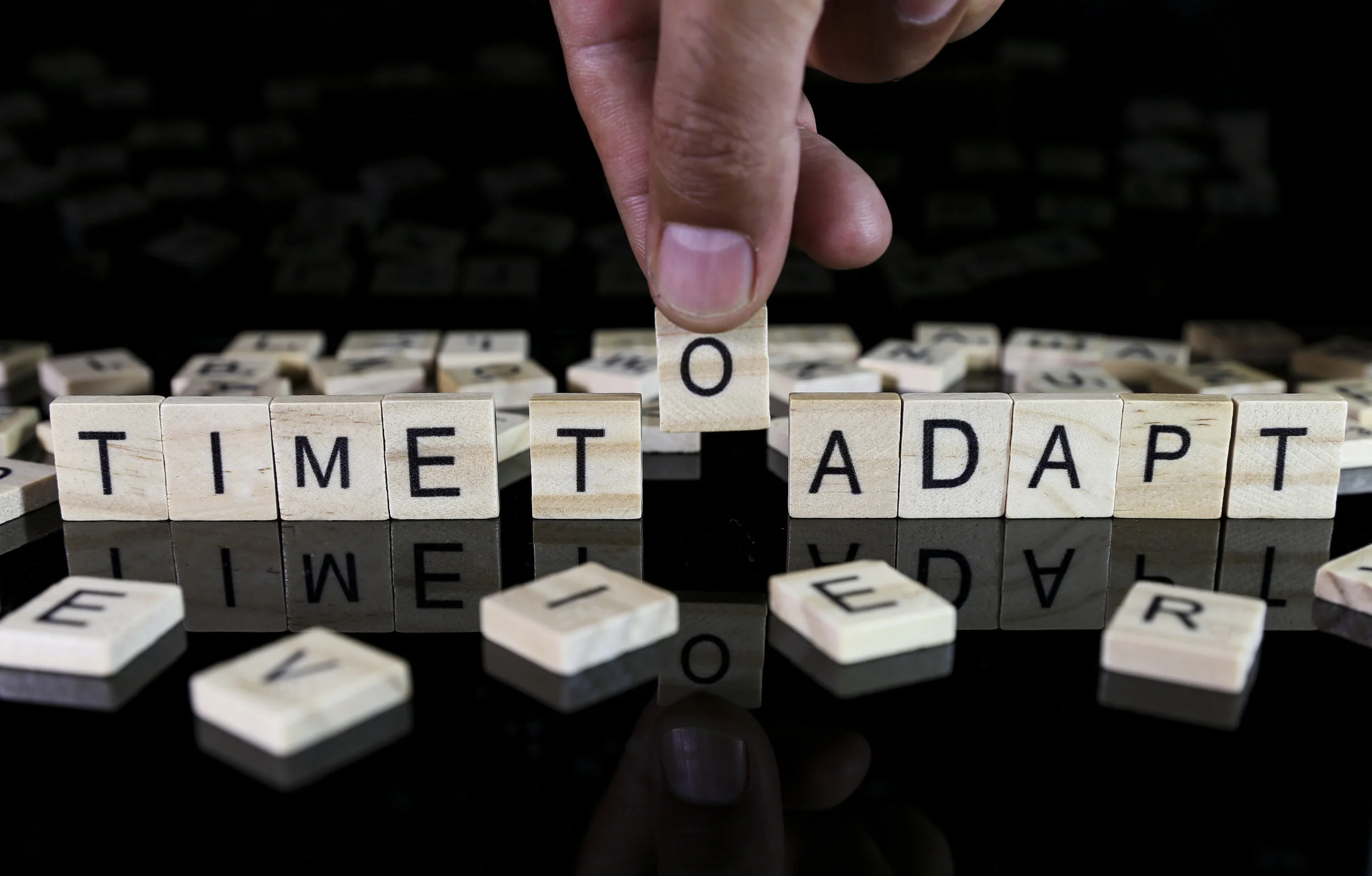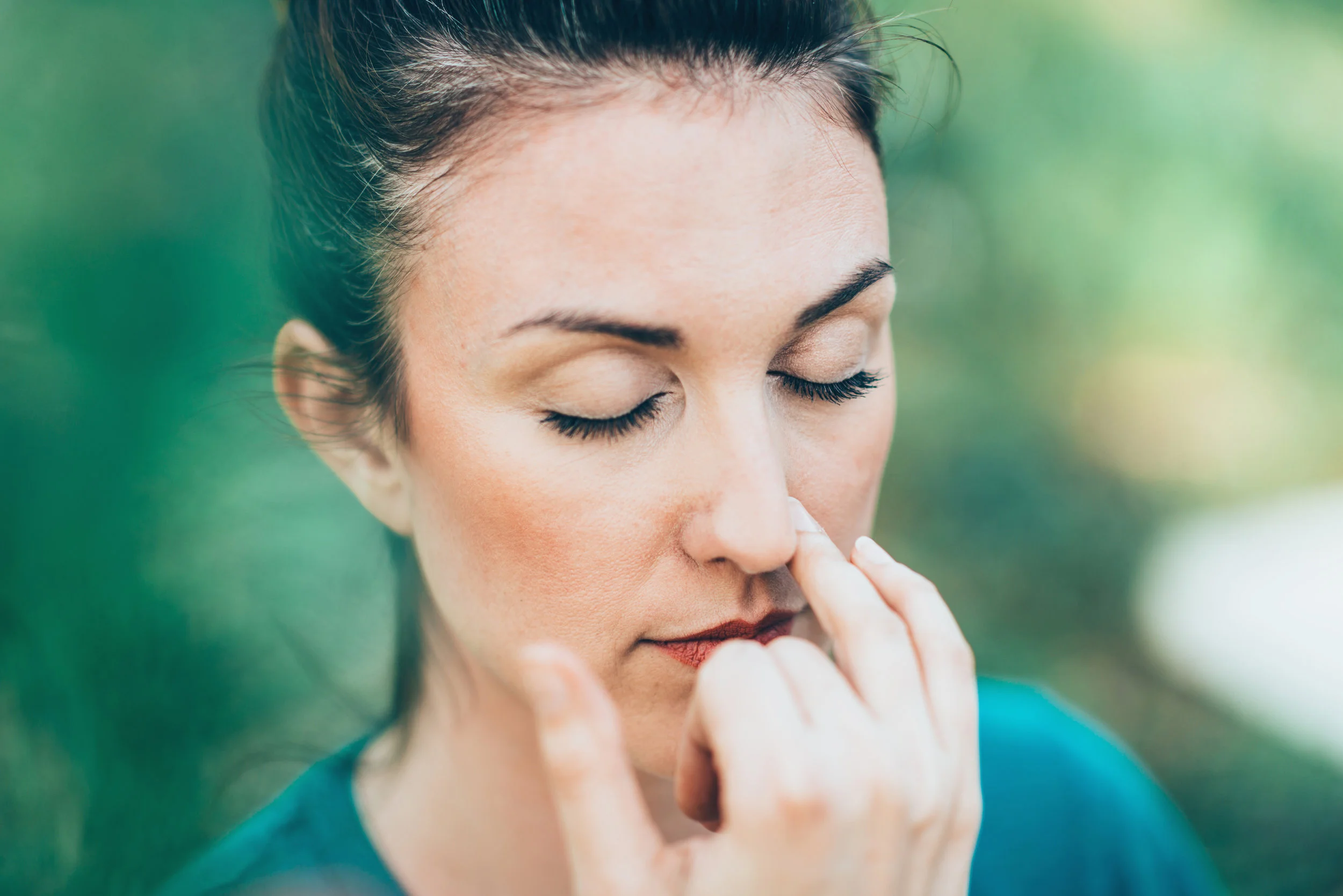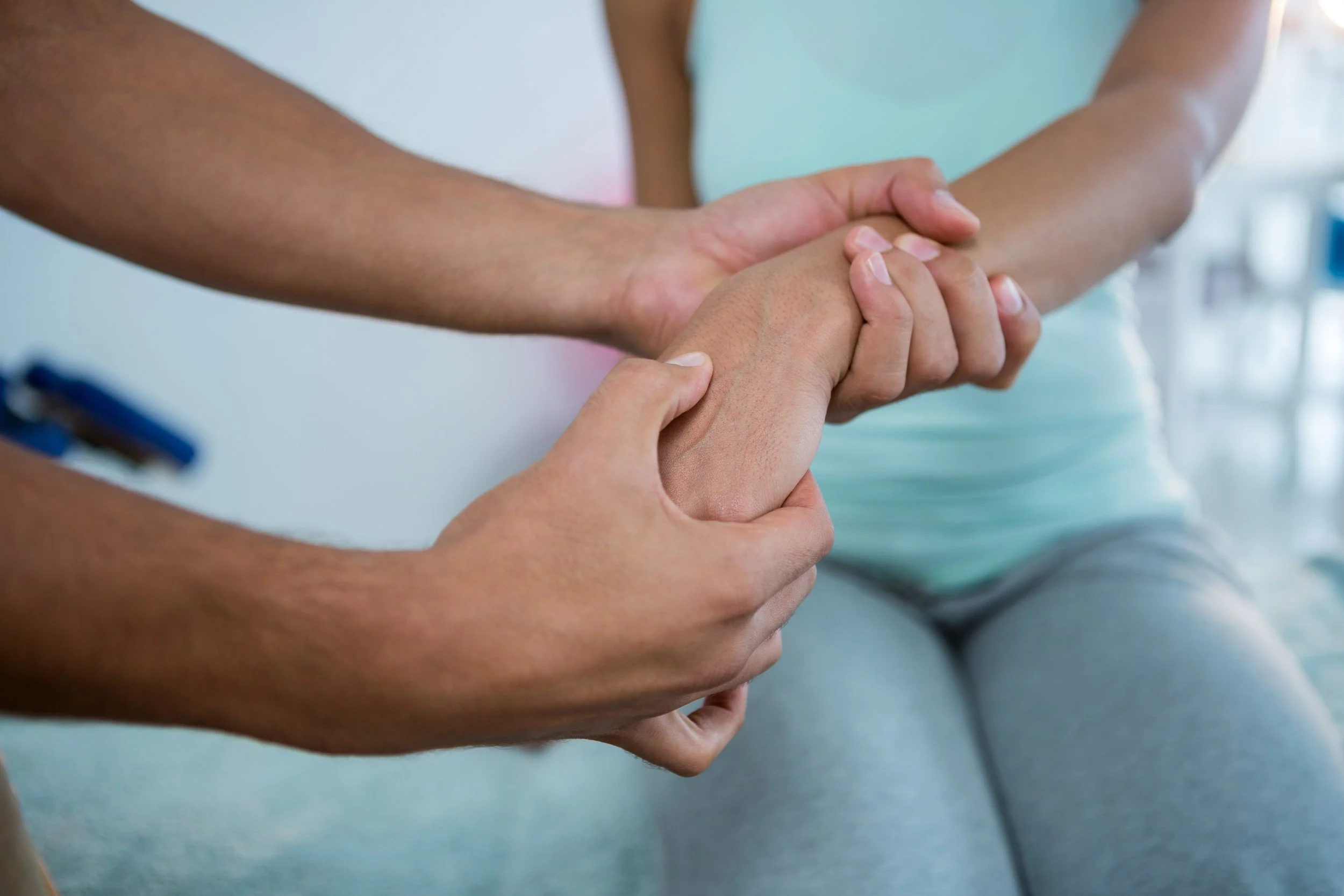When it comes to a tight core, most people picture six-pack abs. But a truly toned core is much more than what you see on the surface. Deep within your loins, the psoas (pronounced SO-az) muscle group partners with other muscles to stabilize and girdle the lower spine, promoting proper body alignment.
"It's our most important skeletal muscle," says Jo Ann Staugaard-Jones, an advanced Pilates and Hatha yoga instructor and author of The Vital Psoas Muscle: Connecting Physical, Emotional, and Spiritual Well-Being. "The psoas is the only muscle connecting the spine to the legs, so it serves as the sole link between the upper and lower extremities." Even though you've never seen it, it creates movement and flow throughout the body, constantly contracting and releasing.
Just like other muscles, the psoas can grow stronger or weaker, depending on your lifestyle. Sitting all day is a killer, as one might expect. In today's sedentary society, Staugaard-Jones says the average person spends five to 11 hours a day sitting, hastening muscle atrophy. Between computer use, driving, flying, reading, watching TV, and sitting at a table to eat or write, we are constantly placing our bodies in a relaxed hip flexion position, with the full weight of the torso hovering on top and the lower extremities inactive. Such a position can inhibit circulation, muscle conditioning, and nerve response, leading to lower back pain, sciatica, and poor posture.
Related: An Expert Guide to Learning Crow Pose
"If you sit for a good portion of the day," Staugaard-Jones warns, "chances are your psoas is tight." Pain isn't always a symptom, but it can be. "If a patient complains of chronic, dull, bilateral pain in their lower back and groin, that's a big clue that their psoas needs relaxing and stretching." They may also feel discomfort in their hip sockets, glutes, or sacroiliac joints in the back of the pelvis.
Another, more surprising, cause of psoas pain may be emotional trauma. The psoas is known as "the fight or flight muscle" because when the body or mind become stressed, the psoas tightens and contracts in a primal response designed to protect us from harm. Thousands of years ago, an approaching brontosaurus would cause our psoas to instinctively shrink and contract, reducing us to as small a target as possible. Today, the trigger could be a divorce, job loss, losing a friend or family member, or just the general stress of life.
Related: 4 Strategies for Staying Calm in Stressful Moments
In some situations, strengthening moves like lunges, windmills, and Boat Pose can help, but often a painful psoas first needs stretching and rest, not exercise. The following three moves will help relax and stabilize the psoas, promote proper posture, ease pain and help break the fight or flight cycle.
Constructive rest position, or CRP, is an incredibly effective, and relatively easy, way of releasing a tight psoas; you essentially lie down and let gravity do the work. (If you like Corpse Pose, you'll love CRP.) Mental imagery intensifies the process. Begin by lying face-up on a yoga mat on the floor or another firm, flat surface. Knees should be bent and resting against each other; feet are flat on the floor, hip-width apart (or slightly wider if that's more comfortable). Arms can be relaxed alongside you in classic Savasana pose. Then, have someone read the following prompts to you (or visit Staugaard-Jones' website, where she narrates the CRP):
Close your eyes and imagine a current of energy traveling down your spine, looping up between your legs, traveling up the front of the body and back down the spine again. Inhale as the energy flows downward; exhale as it moves up. Feel your head melting into the ground. Imagine your knees are draped over a hanger suspended from above, thighs hanging on one side, lower legs on the other. Next, picture a small waterfall trickling down your thigh, first from the knees into the hip sockets, and then down the skins to the ankles. Feel as if your eye, hips, and feet are relaxing in calm pools of water.
Slowly repeat this imagery for 10 minutes. By the end, your femurs will relax in their corresponding hip sockets, free from the hip flexors' grip, and your spine will follow its natural curves. Both improvements are excellent for releasing the psoas. Roll to one side and bring yourself to a sitting position (rather than sitting straight up, which will compromise your new alignment.)
Half Bridge Pose stretches out the hips and low back. Begin in the same position as with CRP, feet hip-width apart. Position both arms along the sides of your body, palms down, fingers reaching toward heels. Press your arms and feet into the floor, exhale and lift your pelvis, pushing it towards the ceiling. Keep your thighs parallel to one another and your pelvis in line with your knees. (If this position hurts your neck or upper back, place a folded towel underneath.) If your hips are high enough, you may be able to clasp your hands underneath and bring the shoulder blades closer together. Hold for 30 seconds to one minute, then slowly release as you exhale.
Hint: If this pose feels too challenging, place a yoga block beneath the base of your spine for added support and stress relief.
Related: A Bridge Sequence for Opening the Shoulders
Warrior I and II poses strengthen, stretch, and stabilize the psoas; like all standing poses, they teach correct alignment and improve circulation and joint mobility. Watch this video tutorial to learn the foundations of Warrior postures. To practice, begin standing up, facing forward. Take a large step back (three to four feet) with your right leg, keeping hips facing forward. Your right foot will be turned out slightly. Pressing the outer edge of your right foot into the ground, bend the front (left) knee directly over the left ankle. Your weight should be evenly distributed between both legs. Hands can rest on your hips, or you can raise your arms overhead. (Individuals with untreated high blood pressure should not raise their arms in this pose.). Breathe in and out for 30 seconds to a minute. Return to standing and repeat on the other side.
Transition to Warrior II: While in Warrior I (bent left leg in front and right leg in back), keep your gaze forward while your body turns to the right. Your right arm will reach straight behind you, parallel to the floor, palm down; left arm extends straight ahead. Your back toes may naturally move out a bit to help open the hips. Breathe in and out for 30 seconds to a minute. Return to standing and repeat on the other side.
Hint: Concentrate on breathing; holding your breath will create tension and limit the stretch.
Learn more about the body's complex anatomy, and tools that can be used to realign imbalances on Sonima.com.
This article originally appeared on Huffington Post & was written by Leslie Goldman.











![Self-regulation “control [of oneself] by oneself"](https://images.squarespace-cdn.com/content/v1/55563e14e4b01769086817cb/1542845645966-PO2HGKF5JLUBM45UIWQ3/wee-lee-790761-unsplash.jpg)



















